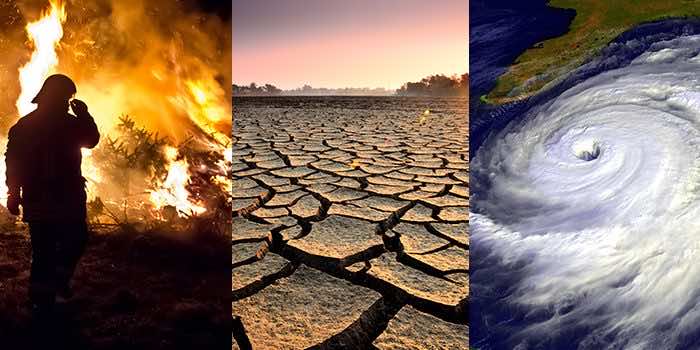Weather forecast models, also known as Numerical Weather Prediction (NWP) models, encompass algorithms created to simulate and anticipate future atmospheric conditions based on present observations. These simulations enable meteorologists to comprehend and predict weather patterns across temporal scales. Weather forecast models employ numerical equations that represent processes occurring within the atmosphere—ranging from atmospheric dynamics to thermodynamics and radiation. Through methods over a specific grid representing the Earth’s surface within a particular region, these equations are solved.The process begins by inputting data obtained from satellites, radars, and ground-based instruments. This data includes temperature readings, humidity levels, and wind speed/directions—forming the model’s conditions. Utilizing its equations in conjunction with these conditions allows the model to estimate current atmospheric states effectively.After that, the process requires dividing the grid into points, where calculations are done simultaneously for each point. These calculations help determine changes in air pressure over time and the direction and speed of wind flow due to variations in temperature and humidity gradients. This iterative calculation process helps predict how these factors will change over time.To ensure accuracy and reflect real-world phenomena during forecasting periods (which can range from hours to days or more), specific adjustments called parametrizations are incorporated into NWP models. These adjustments take into account smaller-scale processes like cloud formation or the effects of land-sea breezes that may not be explicitly resolved within the size of the grid. Accurate weather predictions have implications in varied fields and industries. Let’s explore some reasons why weather forecast models are so important and what is their significance: Weather forecast models provide warnings and aid in preparation and response to weather events such as hurricanes, tornadoes, or heat waves. Reliable forecasts can save lives by enabling people to evacuate areas of time or prepare appropriately for extreme conditions. Weather predictions play a role in planning agricultural practices. They help farmers determine the time to plant crops, schedule irrigation, manage fertilization practices, and predict pest or disease outbreaks. Accurate forecasts are essential for optimizing crop yields and minimizing risks associated with weather conditions. Weather forecast models are indispensable for ensuring aviation safety. They provide information to pilots and air traffic controllers, helping them identify routes and avoid turbulent areas. By relying on forecasts, aviation accidents caused by storms or icing can be minimized. Accurate weather predictions are vital for electric utilities to manage power loads effectively. By knowing when extreme conditions like heatwaves or storms might occur, utilities can preposition equipment and respond promptly to power disruptions. Various businesses are impacted by weather conditions in many ways. For example, retail stores adjust their inventory based on forecasts of increased customer demand during weekends while transport logistics plan deliveries accurately during winter snowstorms. Weather forecast models serve as a tool for meteorologists to accurately predict day-to-day atmospheric conditions. From ensuring safety during threats like hurricanes to optimizing farming practices or even planning efficient travel routes, the applications of these models are extensive.In this post, our main goal is to provide an explanation of how they work and highlight their role. With technology constantly advancing and the combination of satellite data collection and improved numerical modeling techniques, these models are becoming more accurate. As our understanding of the workings of our atmosphere grows, these advancements will assist us in preparing for a climate that is becoming increasingly unpredictable.Understanding Weather Forecast Models
Functioning of Weather Forecast Models
Importance of Weather Forecast Models
Enhancing Public Safety
Agriculture and Food Security
Aviation Safety
Efficient Energy Sector
Profitable Commerce and Business Operations
Conclusion
Weather Forecast Models: Basic Knowledge


